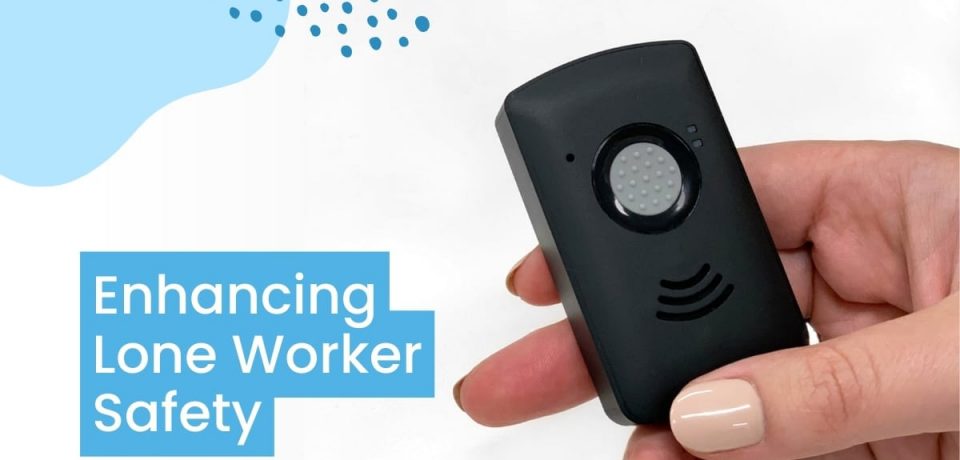From council workers to healthcare professionals, lone workers operating in high-risk environments face unique challenges that require specialised safety measures. Enhancing safety for these individuals not only safeguards their well-being but also fosters productivity and confidence in their work. In this comprehensive guide, we’ll explore effective strategies and tools designed to ensure the protection and peace of mind of lone workers in high-risk environments.
Creating a Safe Work Environment
Creating a safe work environment is vital to protecting lone workers in high-risk settings. Employers must prioritise safety measures and implement comprehensive protocols to mitigate potential hazards effectively. These include:
- Robust Safety Policies: These are the foundation for protecting lone workers and should be meticulously designed to address specific risks associated with the work environment and provide clear guidelines for safe practices.
- Providing Adequate Training and Resources: Comprehensive training programs for lone workers should cover emergency procedures, hazard recognition and strategies for mitigating risks.
- Utilising Technology for Enhanced Safety: Leveraging technology such as GPS and personal alarms and can significantly enhance the safety of lone workers. Monitored duress alarms ensure a prompt and effective response in an emergency.
Risk Assessment and Management
Conducting thorough risk assessments is important for identifying potential hazards for lone workers and implementing appropriate risk management strategies. Employers should assess various factors including environmental and behavioural conditions to identify potential risks accurately.
Once hazards are identified, employers must implement risk mitigation strategies to minimise potential dangers. For lone workers, this may involve implementing administrative measures, such as a check-in protocol when visiting remote clients, to mitigate risks effectively.
Safety protocols should be regularly evaluated and adapted to ensure their effectiveness. Employers should seek feedback from lone workers, conduct regular safety audits, and stay informed about emerging risks to continually improve safety measures.
Leveraging Technology for Safety
Advancements in technology offer innovative solutions for enhancing workplace safety in high-risk environments. From real-time monitoring systems to wearable devices, technology plays a pivotal role in mitigating risks.
Duress Alarm
The MePACS Duress Alarm is a small device which is used to quickly call for help in an emergency. The alarm is monitored by our Australian-based emergency response centre and is operated 24/7 by trained professionals who are experienced in handling emergencies.
The Duress Alarm features integrated GPS location tracking which provides the worker’s location in the event of an emergency and helps to facilitate a prompt response is needed. This is particularly important for workers who are on remote assignments or in unfamiliar locations.
Another feature is a 2-way voice communications function which enables the worker to talk to the emergency responder directly through the alarm and communicate the situation in real-time. The response centre can then deliver tailored and targeted support based on the information received.
The Duress Alarm can be used individually or shared between a team of workers. It not only provides safety and security for staff, but helps to foster a culture of safety and shared responsibility for a safer workplace.
Learn more about the MePACS Duress Alarm →
Making high-risk work environments safer for workers requires a proactive approach, comprehensive safety protocols, and a culture of safety. By prioritising employee wellbeing and leveraging technology-driven solutions, organisations can mitigate risks effectively and create a safer workplace for all.
